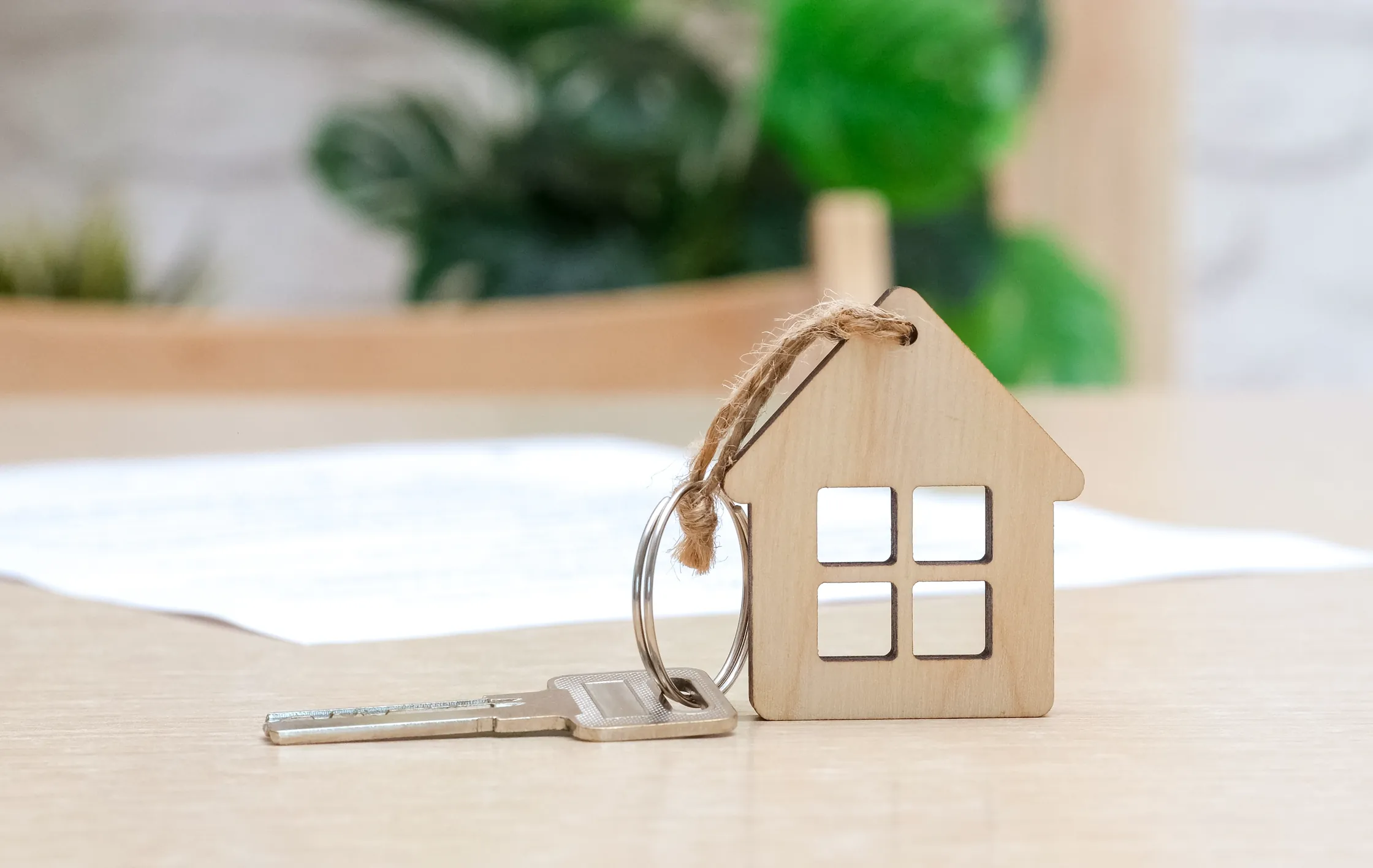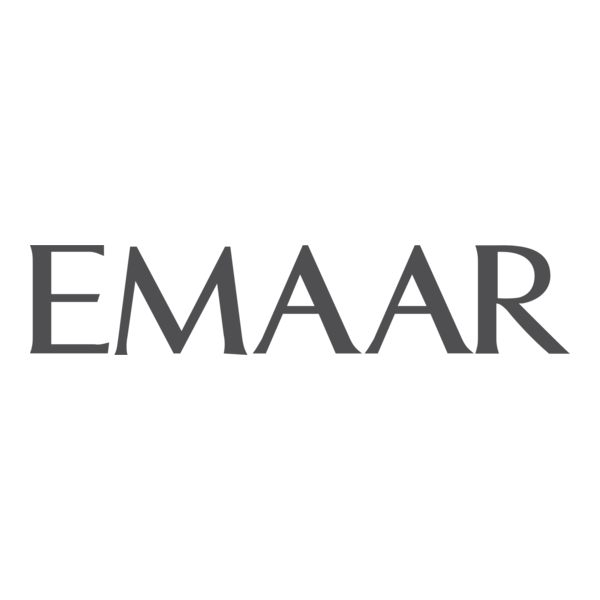Dubai Off-Plan Property (2025 Guide to Flexible Payment Plans)

What is an Off-Plan Payment Plan
An off-plan payment plan is a financial agreement between a property developer and a buyer for a new property Dubai that is yet to be constructed. Instead of paying the full price upfront, buyers looking to buy off-plan Dubai pay in a series of manageable instalments throughout the construction period, sometimes extending even after handover. This method significantly enhances accessibility for Dubai off-plan property purchases by spreading the financial commitment over time, often without any interest charges.
These plans are fundamental to the dynamic real estate market in Dubai, enabling investors and end-users to acquire assets with significant potential for capital appreciation. Developers strategically design these payment structures to attract a diverse range of buyers, from first-time homeowners to seasoned Dubai property investment professionals in 2025.
How the Most Common Payment Plans are Structured
Developers across Dubai offer several types of payment plans, each with a unique structure. While variations exist between specific new property Dubai projects, they generally fall into a few key categories that prospective buyers should understand. The structure is often expressed as a ratio, such as 60/40, indicating the percentage paid during construction versus at or after handover, which simplifies the decision to buy off-plan Dubai.
Construction-Linked and Handover Plans
This remains the most traditional and widely used structure for Dubai off-plan property sales. Payments are typically divided into two main phases: instalments paid incrementally during the construction period and a final, often larger, payment due upon the property's completion and handover. These plans are frequently named by their payment ratios:
- 50/50, 60/40, or 80/20 Plans: For instance, in a 60/40 plan, a buyer pays 60% of the property's value through instalments spread across the construction timeline. The remaining 40% is then due when the developer hands over the keys. Instalments during construction can be linked to specific project milestones, such as foundation completion, or follow a fixed timeline like quarterly payments.
What is a Post-Handover Payment Plan
A post-handover payment plan is an increasingly popular option in 2025 that extends payments for several years after the property's completion. This arrangement significantly enhances affordability and financial flexibility, appealing to many looking for Dubai property investment opportunities. After an initial down payment and a percentage paid during construction, the buyer settles the remaining balance in instalments over a set period, often two to ten years post-handover.
This model offers distinct advantages for both investors and end-users. Investors can immediately rent out their new property Dubai upon handover, using the rental income to cover remaining payments. End-users benefit by moving into their new home while continuing to pay it off, reducing immediate financial pressure.
Other Popular Payment Structures
- 10/90 Payment Plan: This plan demands a very low initial investment. The buyer typically pays 10% of the property value to book the unit, with the remaining 90% due upon completion and handover. It allows individuals to secure a Dubai off-plan property with minimal upfront capital, though it necessitates having the majority of funds prepared for a single future payment.
- 1% Monthly Payment Plan: This structure breaks down payments into small, highly manageable monthly instalments. Usually, after an initial down payment (e.g., 20%), the buyer pays just 1% of the property's total value each month until the full amount is settled.
- Rent-to-Own: Under a rent-to-own scheme, the buyer signs a contract to rent a residence for a specified period. A portion of these rental payments contributes towards the purchase price or down payment, culminating in the buyer completing the purchase at the lease term's end, often via a mortgage.
What are the Benefits and Risks for Buyers
Dubai off-plan property payment plans offer compelling advantages but are not without associated risks. Buyers must carefully weigh the potential for high rewards against possible drawbacks, such as construction delays or market fluctuations. A clear understanding of this balance is essential for making an informed Dubai property investment decision in 2025.
Key Advantages of a Payment Plan
- Financial Accessibility: Spreading the cost over several years makes Dubai residential property ownership achievable for those unable to afford a large lump-sum payment.
- Lower Entry Price & Capital Appreciation: New property Dubai is often priced lower than completed units, allowing investors to enter the market competitively. This facilitates significant potential for capital appreciation as the development matures.
- Interest-Free Financing: Most developer payment plans for off-plan Dubai properties are interest-free, saving buyers considerable costs compared to traditional bank mortgages.
- Improved Cash Flow: For investors, these plans free up capital for other ventures while securing a future asset. Post-handover plans particularly ease cash flow by enabling rental income to cover ongoing instalments.
What Potential Risks Should You Consider
- Construction Delays: Delays in a project's completion pose a significant risk when you buy off-plan Dubai. Such delays can disrupt a buyer's financial plans, particularly if they anticipate moving in or generating rental income by a specific date.
- Market Fluctuations: The broader Dubai real estate market can shift between purchase and handover. A downturn might affect the property's value or potential rental income, impacting the investment's profitability.
- Final Product Discrepancies: Although rare with established developers, a slight risk exists that the finished new property Dubai may differ from initial designs and expectations.
- Long-Term Commitment: Post-handover plans, while offering flexibility, commit the buyer to a long-term payment obligation directly with the developer.
How to Choose the Right Plan for You
Selecting the optimal payment plan for your Dubai off-plan property purchase is a personal decision, contingent on your financial health, long-term goals, and risk tolerance. Before signing any Sales and Purchase Agreement (SPA) in 2025, carefully assess your personal circumstances and the developer's credibility.
Begin by evaluating your financial situation. Determine how much you can comfortably allocate for a down payment and subsequent instalments without straining your finances. If you possess substantial liquidity, a plan with a larger upfront payment may be suitable. Conversely, a post-handover plan is often better for those needing to manage cash flow meticulously.
Next, consider your specific Dubai property investment objective. For end-users, a rent-to-own or post-handover plan might enable earlier occupancy. If you are an investor aiming to resell, a plan with a lower initial payment could be attractive. A post-handover plan, however, is ideal for generating rental income to offset costs.
Lastly, thoroughly investigate the developer's reputation. Always choose a developer with a proven track record of delivering projects on time and to the promised quality standards. This due diligence helps minimize risks such as delays and construction defects, crucial when considering new property Dubai options.
Get Your Free Dubai Investment Guide
What's Inside:
- ✓8+1 reasons international investors buy in Dubai
- ✓Market overview – the numbers you must know before investing
- ✓Off-plan vs Ready – what are the advantages?
- ✓Top 6 emerging locations for off-plan investment
- ✓Golden Visa – frequently asked questions answered
Your information is private. We never spam.







